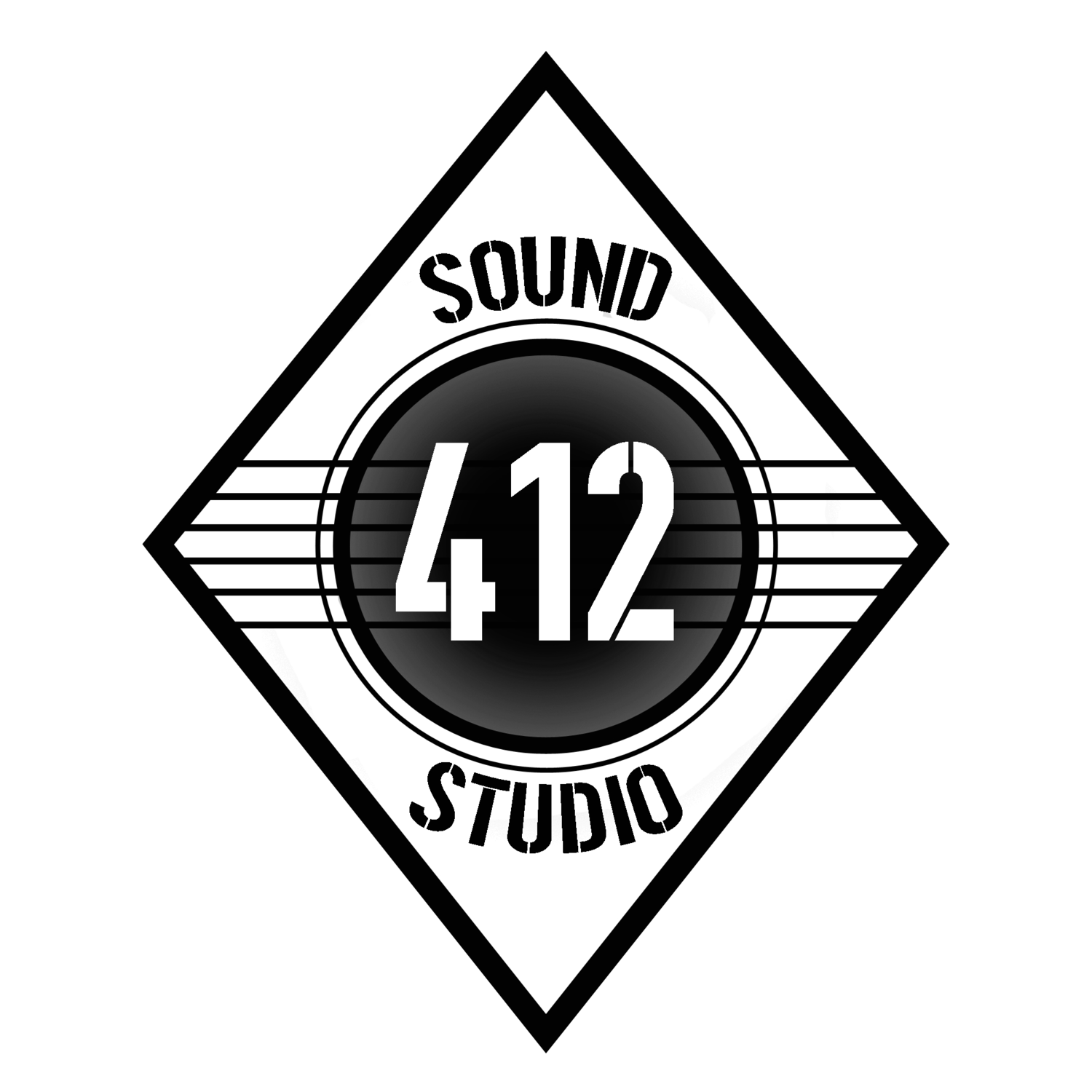All in the Trunk
Rig Rundown
We here at Studio-412 been working on our live set and building the pieces we need from a gear standpoint. In the process, we’ve spent many hours researching which of the many options best fit our needs at this point.
The goal of sharing this is twofold:
To help others who are looking for similar solutions
To receive feedback on how to improve our setup! Please share your thoughts with us: Garrett@AllintheTrunk.com
Rig Rundown | Interface | Ins and Outs | Computer | Ableton | Looper | Presets | Routing | Lighting
